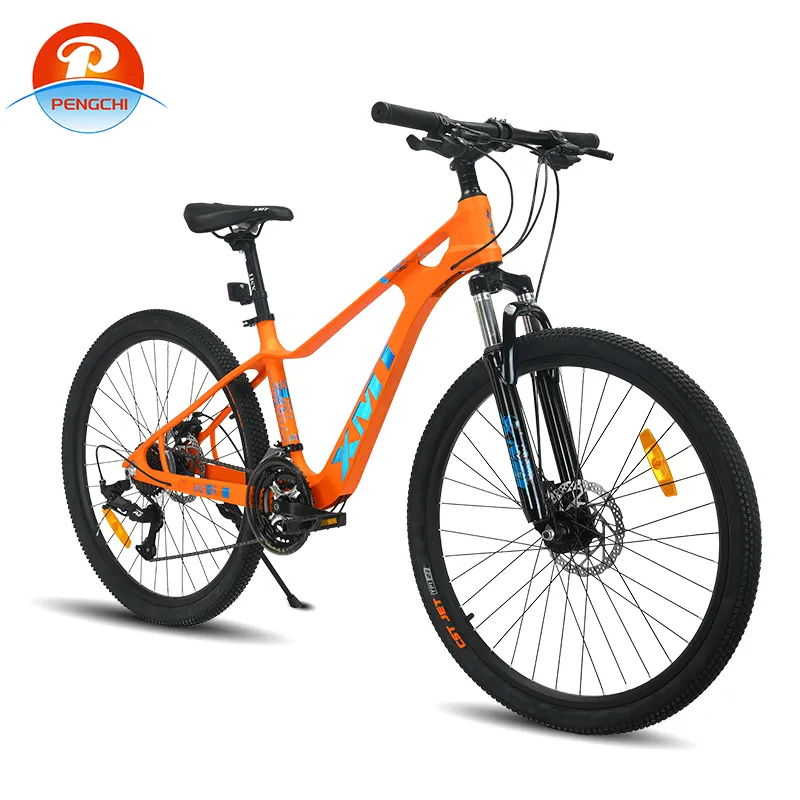12 月 . 06, 2024 00:27 Back to list
how to pick a road bike
How to Pick a Road Bike A Comprehensive Guide
Selecting the right road bike can be a daunting task, especially for beginners. It involves a combination of factors such as your riding style, body dimensions, budget, and intended usage. This guide aims to simplify the process of choosing a road bike that suits your individual needs.
1. Identify Your Riding Style
Before you dive into specifications and models, it's crucial to understand your riding style. Are you looking for a bike for leisure rides, commuting, racing, or perhaps long-distance touring? Each purpose will drive different choices in terms of bike type
- Comfort Bikes Ideal for casual riders and short distances, these bikes focus on comfort rather than speed. - Racing Bikes Built for speed and agility, racing bikes often have a lightweight build and aerodynamic design, suited for competitive cyclists. - Endurance Bikes A balance between performance and comfort, these are designed for long rides on varied terrain and offer a more relaxed riding position. - Touring Bikes If you plan to go on long tours, look for bikes specifically meant for carrying gear over long distances, featuring sturdier frames and comfortable seating positions.
2. Choosing the Right Frame Size
The right frame size is critical for comfort and performance. A bike that is too small or too large can lead to discomfort or even injuries. Most manufacturers provide sizing charts based on height and inseam measurement. When testing bikes, stand over the top tube; you should have about 1-2 inches of clearance.
In addition to frame size, consider the geometry of the bike. Race-oriented bikes often have a more aggressive stance while endurance bikes may feature a relaxed position, allowing for longer, more comfortable rides.
3. Material Matters
Road bike frames are constructed from various materials, each with its pros and cons
- Aluminum This is the most common material for entry-level bikes. It's lightweight, reasonably priced, and offers good performance. - Carbon Fiber Lighter and stiffer than aluminum, carbon fiber frames provide excellent performance, though they come with a higher price tag. - Steel Offering durability and comfort, steel frames are often favored by touring cyclists. They tend to be heavier but can absorb road vibrations effectively. - Titanium The premium choice that combines the best aspects of steel and aluminum, titanium bikes are strong, lightweight, and resistant to corrosion, but they are usually very expensive.
how to pick a road bike

4. Components and Gearing
The components of a bike, including the brakes, gears, and wheels, greatly influence its performance and cost. When choosing a bike, consider the following
- Groupsets Reputable manufacturers like Shimano, SRAM, and Campagnolo offer groupsets that vary in performance and price. Higher-end groupsets provide smoother shifting and lighter components. - Gearing Options For hilly terrains, consider bikes with a compact crankset or a wider gear range. Flat terrain may allow for more straightforward setups.
5. Test Ride Different Bikes
Once you've narrowed down your options based on the above factors, it's time to take some bikes for a test ride. A proper test ride will help you gauge the bike's fit, comfort, and handling. Be mindful of how the bike responds to changes in speed and terrain.
Make sure to try different brands and models, as each bike can feel quite different even if they are similar in specs. Listen for creaks and rattles and check the responsiveness of the brakes and gear shifting.
6. Set a Realistic Budget
Lastly, determine how much you are willing to spend. Road bikes can range from a few hundred to several thousand dollars. Remember that while you don’t have to buy the most expensive bike, investing in quality components often pays off in the long run.
Consider additional costs for accessories like helmets, shoes, clothing, and maintenance. These can add up quickly, so it’s wise to allocate part of your budget to these essentials.
Conclusion
Choosing the right road bike is a blend of personal preferences, physical requirements, and financial considerations. Take your time, do your research, and don't hesitate to ask for advice from experienced cyclists or bike shop staff. With the right bike, you’ll be well on your way to enjoying countless miles on the road ahead!
-
Toy Car with Parental Remote - Safe Electric Ride-On Car with Parental Control
NewsJun.10,2025
-
Cheap Bikes for Students - Affordable & Durable Student Bicycles Online
NewsJun.10,2025
-
Children Balance Bike Lightweight & Adjustable OEM Designs
NewsMay.30,2025
-
Junior BMX Race Bikes Lightweight, Durable & Speed-Optimized
NewsMay.30,2025
-
21-Speed Foldable Gear Cycle Compact & Portable Commuter Bike
NewsMay.30,2025
-
Affordable & Durable Bikes for Students Campus Commutes Made Easy
NewsMay.29,2025



